Tips
Play Virtual Reality Like a Pro: Tips for Sports Games
Want to crush it in virtual reality sports games? Use these expert-approved techniques for setup, strategy, and communication. Move better, play smarter, win more—step inside and level up your VR sports today.
Advertisement
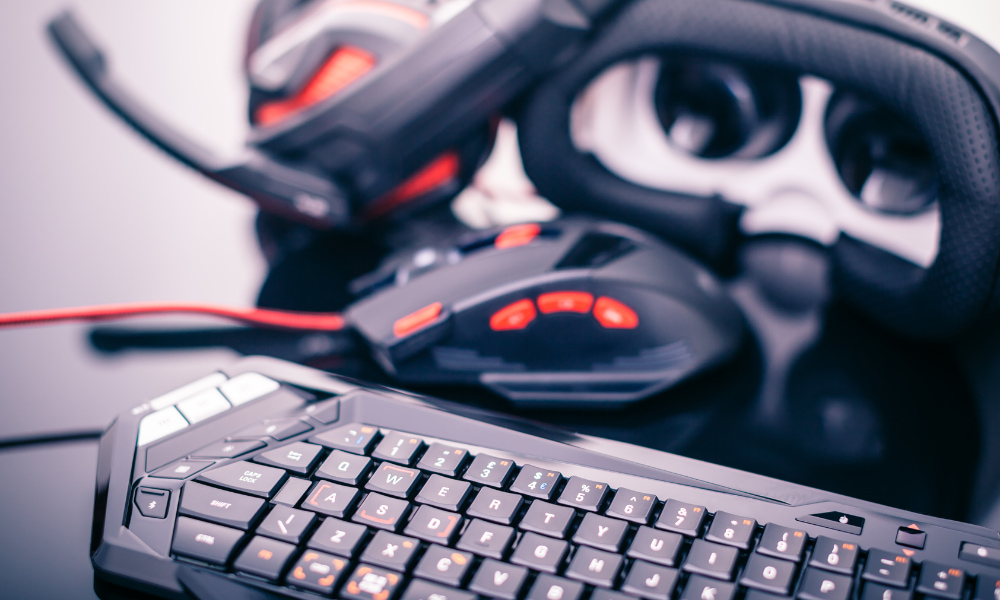
Strapping on a headset and grabbing motion controllers can feel epic—and a little overwhelming. In the middle of a fast-paced tennis rally or a slam-dunk contest, virtual reality sports games really throw you into the action.
Learning the ropes in these virtual spaces isn’t just about reflexes. The games blend real physical movement with gaming skills. That’s why it matters for every sports fan; it’s more than just pressing buttons.
Whether you’re new or want to level up, this article shows exactly how to play virtual reality sports games like a pro. Read on for practical tips you can put into play right away.
Set Up Your Space for Safe and Responsive Movement
A well-prepared space lets you react smoothly and prevents trips or stumbles. Before stepping into any virtual reality sports game, give your surroundings a clear safety sweep and maximize your maneuvering zone.
Getting your area ready doesn’t have to take hours. Five minutes spent moving coffee tables or rolling up carpets pays off every time you lunge for a virtual ball or swing at a digital puck.
Clear Each Obstacle Ahead of Time
Even a low footstool becomes an instant hazard when your focus is deep inside a VR match. Push chairs and lamps well out of your striking range, just like you’d clear a basketball court before practice.
If you’re sharing the room, quickly explain your boundaries. “I’m using the headset—stay at least an arm’s length away,” is polite and direct. It helps everyone avoid collisions during intense plays.
Double-check the tracking sensors before you hit start. Spotty tracking can throw off timing and accuracy. Make sure no curtain or big object blocks your headset’s view.
Use Boundary or Guardian Systems Every Session
All major virtual reality sports games and headsets let you draw a play area. Always set up your Guardian or Chaperone, even if you’ve played in this room before; friends and pets move things around.
Mark out a bit more space than you think you’ll need. Select a rectangle or circle about two arms’ lengths in every direction from your center spot. This gives you real room to dodge or sidestep during a match.
Try a short “warm-up swing” after setting your boundary. If your hand passes through the virtual grid but hits a wall in real life, adjust the play area until it’s safe to move freely.
| Obstacle Type | Clearance Needed | Adjustment Quick Tip | Why It Matters |
|---|---|---|---|
| Furniture (Tables, Chairs) | 2 feet or more | Move out of room or push to walls | Prevents shin injuries and controller collisions |
| Pets/Kids | Entire VR play zone | Verbally warn, restrict access | Avoids accidental bumps during play |
| Cords/Wires | Tidy to edges | Use clips, tape, or cable sleeves | Stops tripping and headset unplugging |
| Rugs | Flat, non-slip only | Remove raised rugs or tape down edges | Eliminates trips when moving quickly |
| Breakables (Lamps, Frames) | Outside play area | Relocate items temporarily | Prevents breakage during energetic games |
Warm Up Physically to Maximize Reaction Speed
Prepare your body just like you would for real-world athletics. Light stretches and quick warmups help you perform better and prevent soreness after intense virtual reality sports games sessions.
Your muscles wake up and start firing quicker after a five-minute warm-up. It sounds simple, but skipping this step increases fatigue and shortens playing time.
Simple Pre-Game Routine for Virtual Athletes
Begin with 30 seconds of arm swings in both directions; this loosens shoulders and readies you for serving or punching. Next, do 20 jumping jacks—these get your heart rate up fast and improve response time.
- Swing arms forward and backward deeply to warm up shoulder joints, making racquet hits more controlled and fluid during gameplay.
- Do torso twists right and left to gently stretch your core—especially important if you’ll bend or pivot quickly in soccer VR matches.
- Perform 10 squats at a steady pace to activate your quads and hamstrings; this adds stability to jump shots and rapid sidesteps.
- Finish with neck circles to keep your head comfortable—the headset’s weight won’t feel as heavy halfway through your third match.
- Try quick ankle rolls; strong, flexible ankles help you balance no matter what virtual court you step onto.
Nailing this routine means your body moves naturally once the action heats up in your favorite virtual reality sports games.
Cool Down to Reduce Fatigue
After your session, a few minutes of light stretching helps bring your heart rate down and reduces next-day soreness. This habit is especially valuable for anyone playing several games in a row.
Focus on calves, thighs, and shoulders, holding each stretch for at least twenty seconds. If you’re sweating or breathing hard, take slow breaths until you feel steady.
This post-game cooldown doubles as a mental break, letting you leave one game’s energy behind before you start another.
- Hold a gentle quad stretch for each leg to ease tension collected from running in place or rapid movements.
- Reach both arms overhead and lean side to side, lengthening your torso—this relaxes muscles after tennis or basketball VR stints.
- Rotate wrists and shake out fingers so you stay comfortable holding controllers during marathon virtual reality sports games.
- Breathe in deeply and exhale slowly for one minute; this resets your focus and calms any leftover excitement.
- Sit comfortably and roll your shoulders; a ten-second shoulder shrug reduces tightness, especially if you’ve done lots of swinging or punching.
Committing to both warmups and cooldowns increases play quality over time. Skipping either step makes it harder to maintain top performance in multiple virtual reality sports games rounds.
Prioritize Body Awareness Over Button Mastery
Winning in virtual reality sports games starts with reading your own movements, not memorizing complex button combos. Every swing or dodge in VR relies on real-world posture and balance.
Think of your body as your main controller. Respond to gameplay cues with precise arm and leg adjustments. This hands-on mindset improves both accuracy and enjoyment in every virtual match.
Stay Balanced for Lightning-Fast Reactions
Game-winning plays never begin from a wobbly stance. Real-life soccer players bend their knees slightly, feet hip-width apart, ready to react instantly. Mimic their posture every time you start a virtual reality sports game.
Stay loose, shoulders relaxed, with your dominant hand leading. When you feel tension building, pause and shake it out before continuing. Stable balance lets you return shots and change direction in a heartbeat.
This approach translates into fewer falls and sharper reactions, making your virtual sports sessions feel even more realistic and rewarding.
Mimic Real Motions for Better Performance
Virtual reality sports games track entire limb movements. A tennis volley requires the same hip twist and follow-through as its real-world counterpart. Practice exaggerated swings at first so the software can recognize and reward proper form.
If you play VR boxing, keep fists tucked in and elbows down, just like in a real ring. Accurate stances reduce awkward controller tracking and boost your power and blocking effectiveness.
Small tweaks to posture pay off quickly in gameplay. For example, step through a serve with your whole body—don’t just flick your wrist! Each improvement makes you harder to beat in competitive matches.
Analyze In-Game Feedback to Sharpen Your Strategy
Top players treat every virtual reality sports game like a coachable practice. Check end-of-match stats, listen for tactical hints, and adapt your moves when the software suggests it. Fast learners see gains each session.
Missed a key shot? Watch the instant replay if it’s available. Noticing a pattern—maybe backhands land short—shows you which skills to drill next.
Spot Patterns in Your Mistakes
Legendary gamers write down or record key misses: “Missed three left-handed serves” or “Lagged late on soccer passes.” Revisit these points between rounds and practice them solo before your next session.
Resist the urge to blame faulty controls if a pattern emerges in errors. Instead, use the data to direct your next warm-up. Repeat tricky plays deliberately to smooth over rough spots before big matches.
This loop—notice, focus, practice—shrinks your weakest areas and lets you tackle harder levels or faster human opponents with confidence.
Adapt Quickly When the Game Changes
Sports games may introduce dynamic weather, changing ball speeds, or endurance rounds across matches. Prepare for these in advance by varying your solo practice drills: “Today, serve from both the left and right sides in twenty swings.”
If the action escalates mid-match, focus on steady breathing and keep movements controlled—don’t rush just because the virtual crowd ramps up. Adjust sensitivity or control settings if needed between sets.
Staying flexible in your approach cuts down on unforced errors and builds a true pro mentality in any virtual reality sports game you tackle.
Refine Hand-Eye Coordination With Layered Practice
Tighten up your responsiveness in virtual reality sports games by training with a mix of real-life drills and in-game routines. Blending these two worlds hones your hand-eye skills and makes your performance noticeably sharper.
Practicing target tracking outside the headset—like tossing a small ball at a wall, focusing on quick snags—mirrors the reflexes used in VR ping-pong or goalie challenges.
Add Multitask Challenges for Extra Growth
Juggle simple household objects (two tennis balls or rolled socks) while standing in your VR space. This exercise develops both hand speed and spatial awareness—a must for sports games where the ball’s angle can change instantly.
For solo practice, switch hands frequently or add light footwork: “Toss the ball with your right, catch with your left, and pivot.” Increase speed gradually once it feels natural. Each repetition builds new neural connections for faster reactions.
Apply the same principle in VR: alternate forehand and backhand swings, even if a match prefers one side. Deliberate balance forces your brain to adapt, prepping you for any split-second switch in a real session.
Use Calibration Mini-Games to Fine-Tune Control
Many virtual reality sports games offer calibration routines or mini-games. Treat these as serious training, not throwaway tutorials. Concentrate on hitting the bullseye or blocking every shot, adjusting settings if swings feel off.
Jot down your scores or speed times, ranking up at each attempt. Consistent effort in calibration drills tightens your reaction window and syncs your instincts to the controller’s sensitivity.
Schedule these five-minute drills before competitive matches to keep every playing session crisp and error-free from the start.
Communicate Effectively in Competitive Modes
Winning in multiplayer virtual reality sports games relies on clear, quick teamwork. Pro players maintain eye contact with avatars and use crisp, purposeful language for every pass, block, or strategic move.
Cutting through noise helps your squad avoid confusion during crucial moments. Develop simple phrases and hand signs as team rituals that keep everyone on the same playbook in fast-moving matches.
Build a Shared Playbook With Teammates
Gather your squad for a five-minute huddle in the game lobby. Lay out calls like “Switch” for defense changes or “Hang back” for strategic retreats. Use direct, positive language that everyone understands, even when adrenaline runs high.
Celebrate perfectly executed moves with a cheer or fist pump—a positive feedback loop that keeps your virtual reality sports game team energetic and focused. Reinforce these habits in practice modes, not just during ranked games.
Stick to the system in high-pressure moments. If a teammate makes a tactical error, reset with “We’ve got this—same system.” This phrase shifts momentum back without wasteful blame or distraction.
Final Thoughts: Building Pro Skills in the Virtual Arena
Every game session adds another brick to your VR sports foundation. Clear your space, warm up, and play with intention. Each tip in this guide boosts your safety, skills, and fun—no matter your starting level.
The world of virtual reality sports games rewards balance, adaptability, and teamwork just as much as technical prowess. Perform small tweaks each week, track your progress, and celebrate every win, whether it’s a clutch serve or an epic comeback.
Pro-level performance is built on habits, not a single epic moment. Approach each virtual reality sports game with focus and you’ll see game-changing results—both for yourself and your favorite teams.
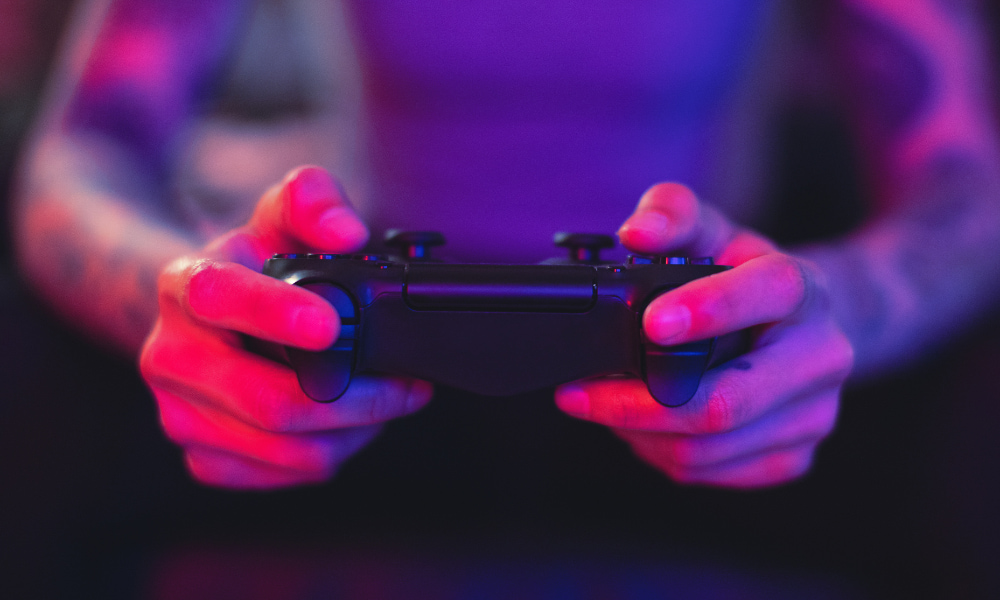
Tips on How to Customize Your Gear
Enhance your mobile gaming experience by customizing your gear for better precision, comfort, and performance.
Trending Topics

How to Create an Immersive Experience in VR Football Games
Boost your VR football game experience with tips on calibration, tactics, and training for better realism and improved gameplay.
Keep Reading
How Mobile Games Are Taking Over the Global Market
The mobile gaming market is growing fast, adapting to modern lifestyles with quick, engaging experiences for players everywhere.
Keep Reading
How to Join eSports Tournaments: A Step-by-Step Guide
Entering eSports tournaments means preparation, strategic practice, and staying consistent—track progress and refine your skills for success.
Keep ReadingYou may also like
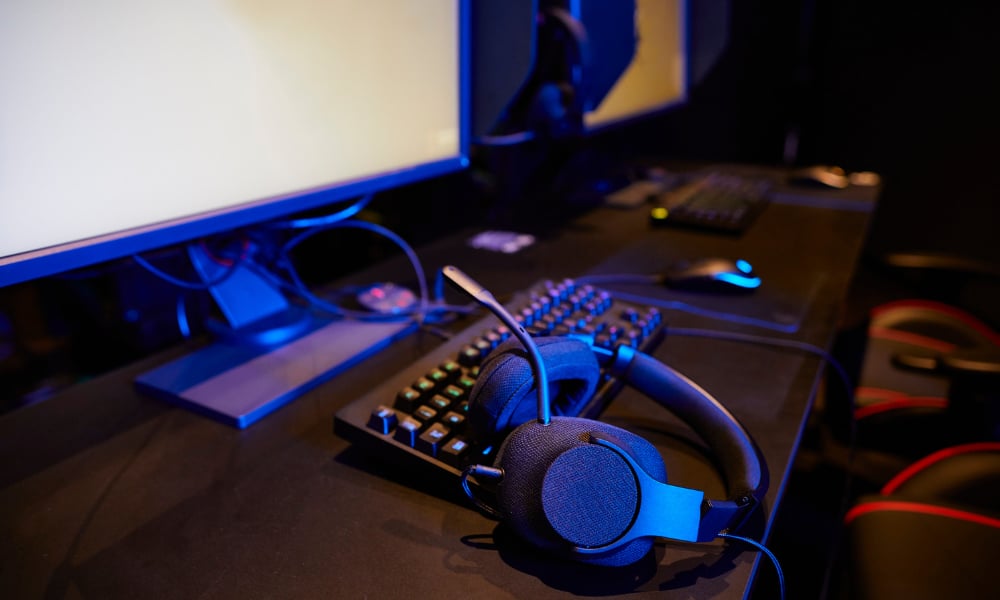
The Evolution of eSports: From Hobby to Global Profession
From LAN roots to mobile arenas, the evolution of eSports blends passion, skill, and tech—turning gaming into global opportunity.
Keep Reading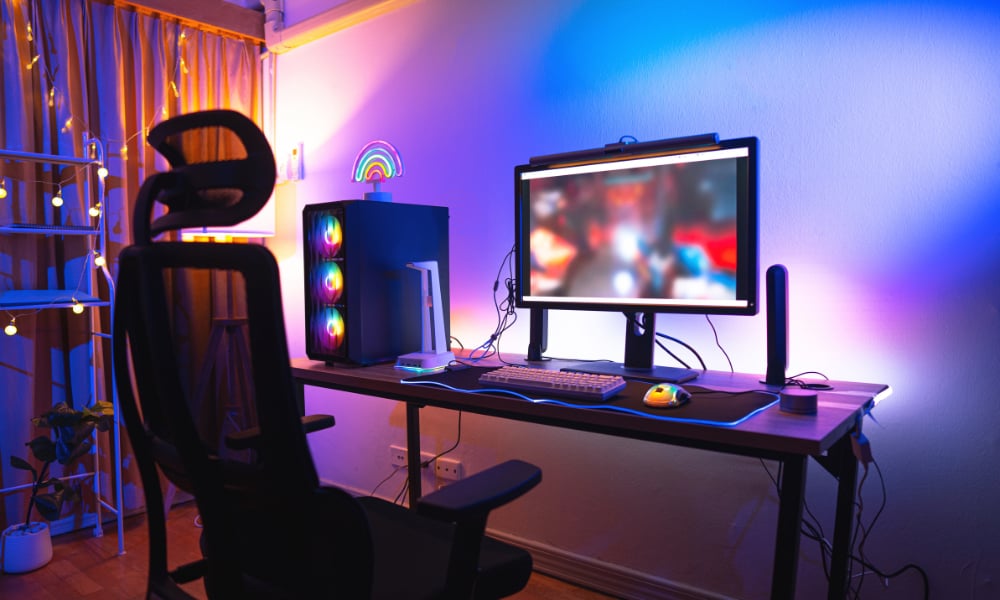
How to Use Mods and Hacks Safely in Your Games
Discover how to safely use mods and hacks in games. Follow these tips to protect your device, avoid bans, and enhance your gameplay experience.
Keep Reading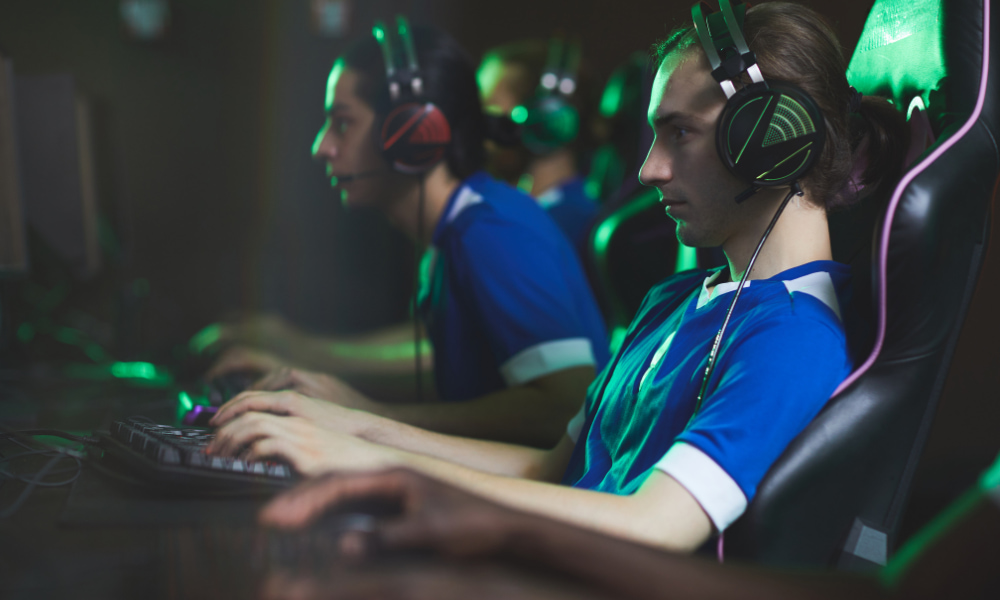
The Importance of Mental Training in eSports Performance
Mental training eSports boosts focus, stress management, and team communication, helping mobile gamers improve consistency and performance.
Keep Reading